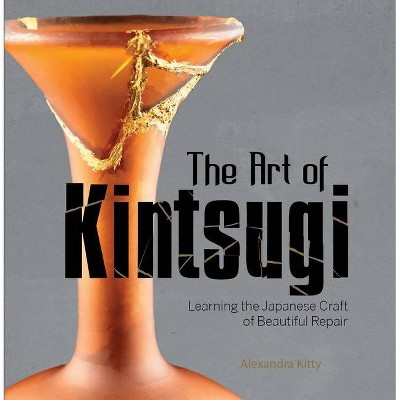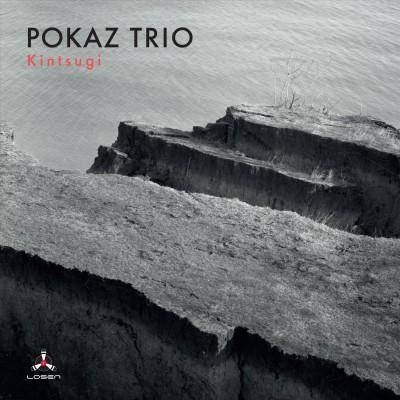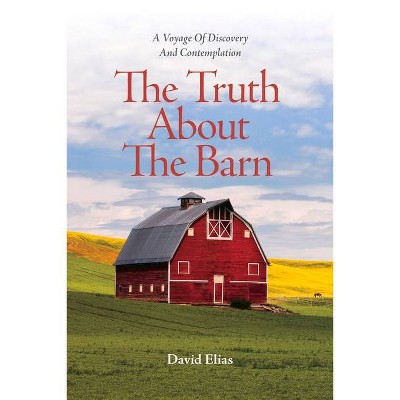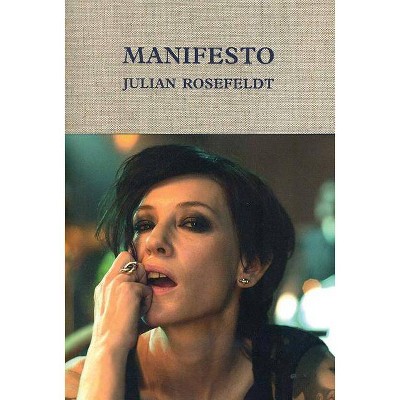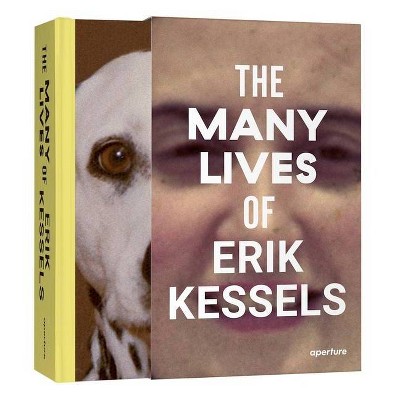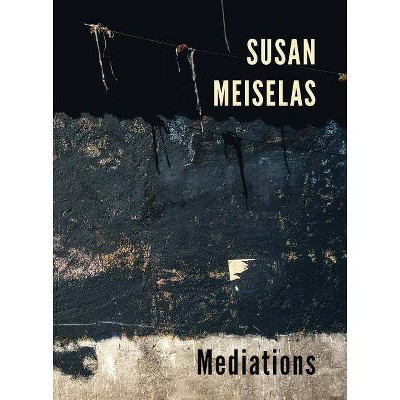Kintsugi - by Bonnie Kemske (Hardcover)

Similar Products
Products of same category from the store
AllProduct info
<p/><br></br><p><b> About the Book </b></p></br></br><b><i>Kintsugi</i> is the Japanese art of repairing broken pottery with lacquer mixed with a precious metal, usually gold, silver or platinum. The technique celebrates the history of the object and, rather than disguising a repair, highlights it and makes it beautiful.</b><p/><br></br><p><b> Book Synopsis </b></p></br></br><p><b><i>Kintsugi</i> is the Japanese art of repairing broken pottery with lacquer mixed with a precious metal, usually gold, silver or platinum. The technique celebrates the history of the object and, rather than disguising a repair, highlights it and makes it beautiful.</b> <p/> <i>Kintsugi</i> has come to the West, where it found fertile ground through its kinship with the current trend of 'make do and mend', as well as for its lyrical metaphoric loading, which has been used in areas such as psychology and therapy, well-being, music, and emotional healing and spirituality. It is also being presented as a model for sustainability. <p/>This book explains what traditional <i>kintsugi </i>is and how it is done, giving historical examples and using interviews of traditional <i>kintsugi </i>masters in Japan. It reflects on the possible reasons for its development, looking especially at a cultural attitude of creativity through destruction. Different kinds of repairs will be discussed, including the earlier staple repair often seen in Chinese ceramic wares and the development of <i>yobitsugi, </i>in which shards from different vessels are pieced together in a patchwork, and other <i>kintsugi </i>techniques. <p/>The underlying concept of <i>kintsugi</i>, which encompasses the <i>wabi </i>aesthetic of accepting the imperfect, has struck a chord in other fields such as fine art, textiles, graphics, and product design. The metaphoric richness of a broken pot made stronger and more beautiful is both universal and deeply personal. The book will discuss how this is being used in music and literature, with the inclusion of short works of fiction and/or poetry separating the chapters. <p/>There have been recent ceramic exhibitions with a <i>kintsugi </i>theme, including Golden Seams at the Smithsonian's Freer Gallery in Washington DC. Other exhibitions outside of ceramics that have had a <i>kintsugi </i>theme include a photography and installation piece by Koo Stark at the Leica Gallery, London. An example of its metaphoric application can be seen in the Radio 4 programme, 'Mending Cracks of Gold' (part of the series <i>Something Understood, </i>which presents 'ethical and religious discussion that examines some of the larger questions of life, taking a spiritual theme and exploring it through music, prose and poetry'), for which Bonnie was a contributor. There have been two TED Talks about <i>kintsugi.</i></p><p/><br></br><p><b> Review Quotes </b></p></br></br><br><p>"Thoughtfully written and splendidly illustrated." - <i>The Economist</i> <p/>"You're given the opportunity to travel to Japan through its pages and absorb more of this brilliant philosophy on objects and life." -<i> Stylist</i> <p/>"Bonnie Kemske traces the history of the art form in this <b>lavishly illustrated</b> book." - <i>The i</i> <p/>"<i>Kintsugi: The Poetic Mend</i> is a beautifully illustrated book where artist, Japanese tea ceremony student and author Bonnie Kemske guides us through the origins and techniques of kintsugi . . . It is visually gorgeous, its selection of pictures exquisite and it taught me a great deal of kintsugi. . . . The book is a testament of a narrative of loss and recovery, breakage and restoration, tragedy and ability to overcome it in respectful acceptance of loss and hardships." - <i>Eleonora Faina, The Japan Society</i> <p/>"<i>Kintsugi</i> reveals how much more varied and exciting the practice of ceramic joining is than the iconic version now known internationally." - <i>The Los Angeles Review of Books</i></p><br><p/><br></br><p><b> About the Author </b></p></br></br><p><b>Bonnie Kemske </b>is an artist researcher whose first book Bonnie published her first article in 1998 and has continued to write since then. In August 2017 Bloomsbury UK published her first book, <i>The Teabowl: East and West.</i> She has also written numerous academic papers and delivered presentations for conferences, including those in art, ceramics, art history, the science of touch, and the social sciences. She was Editor of <i>Ceramic Review</i> from 2010-2013. She has published feature articles and reviews for <i>Crafts, Ceramic Review, Ceramics: Art & Perception, The Art Newspaper, </i>and other publications. She is also a contributor to Radio 4. <p/>Bonnie will be working with Hiroko Roberts-Taira, and who has agreed to act as a consultant for Japanese translation and research.</p>
Price History
Cheapest price in the interval: 29.49 on October 22, 2021
Most expensive price in the interval: 29.49 on November 8, 2021
Price Archive shows prices from various stores, lets you see history and find the cheapest. There is no actual sale on the website. For all support, inquiry and suggestion messagescommunication@pricearchive.us
